15 Pests That Peak in Late Summer and How to Stop Them
Late summer often brings a surge of pests that can make your garden and outdoor spaces less enjoyable. Warmer days and ripening plants create the perfect conditions for insects and bugs to thrive. Knowing which pests are most active this time of year and how to manage them will help keep your plants healthy and your yard comfortable.
This post may contain affiliate links, which helps keep this content free. Please read our disclosure for more info.
Mosquitoes
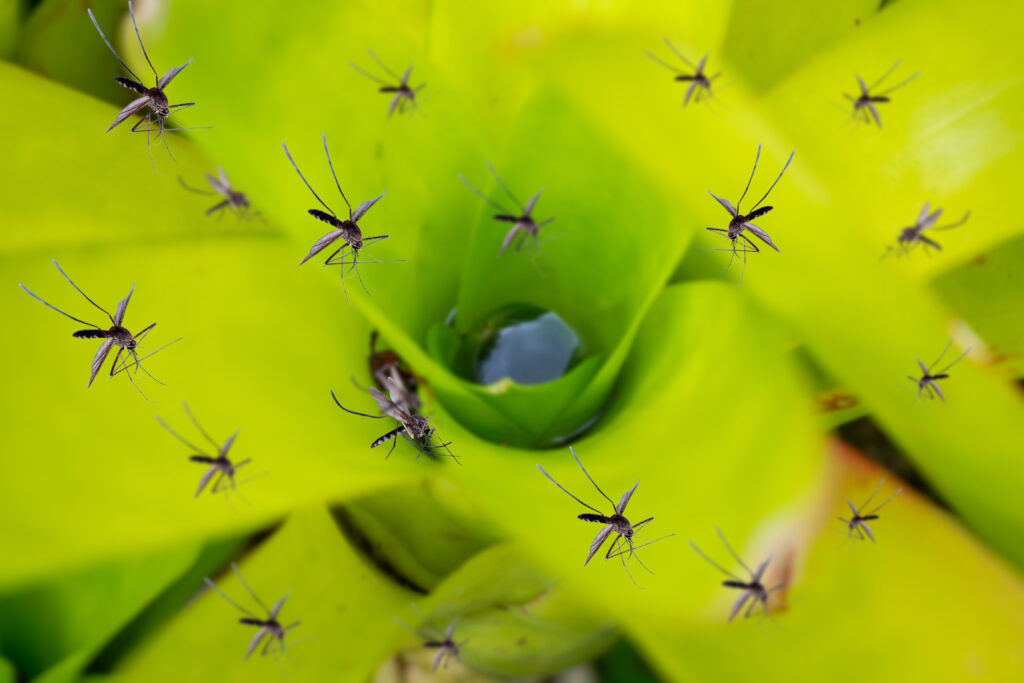
Mosquitoes thrive in the lingering warmth of late summer evenings. They breed rapidly in even the smallest puddle, from clogged gutters to forgotten flowerpot saucers. Their bites are itchy, but the bigger concern is the diseases they can carry.
To cut their numbers, remove standing water wherever possible. Adding mosquito dunks to ponds or birdbaths interrupts their breeding cycle. Planting citronella, lemon balm, or marigolds nearby can help repel them naturally.
Japanese Beetles
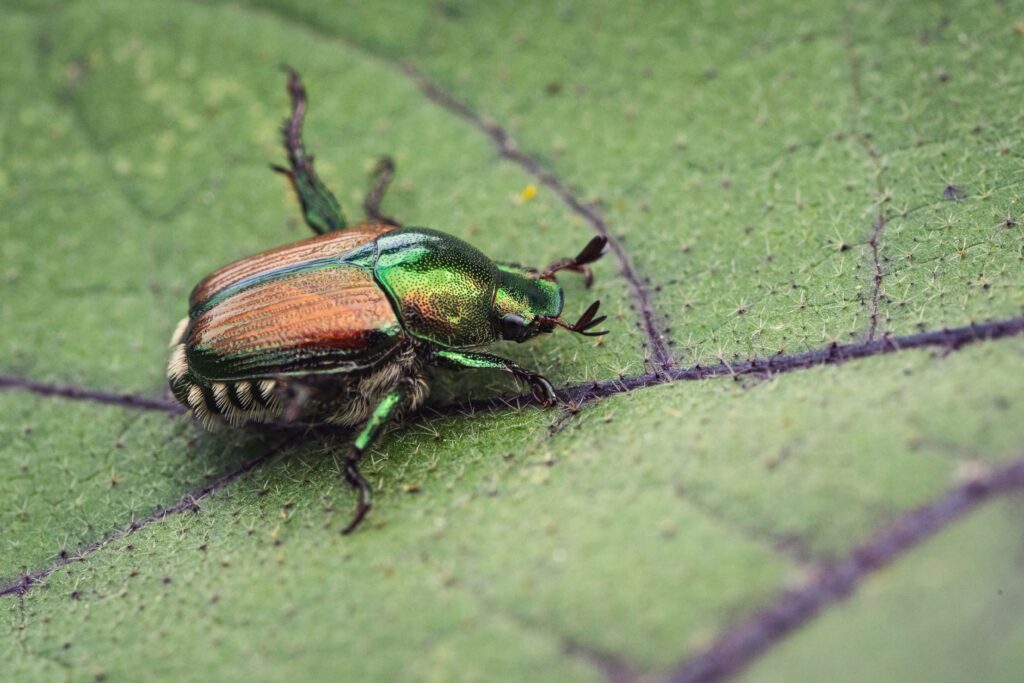
These shiny green and copper beetles can strip leaves in a matter of days. By midsummer into late summer, their populations are at their peak, and they attack roses, fruit trees, and even turfgrass. Large groups often gather on a single plant, leaving behind skeletonized foliage.
The simplest method of control is handpicking them early in the morning when they’re sluggish. Dropping them into a bucket of soapy water works quickly. Traps placed far from your garden or neem oil applications can also reduce their impact.
Aphids
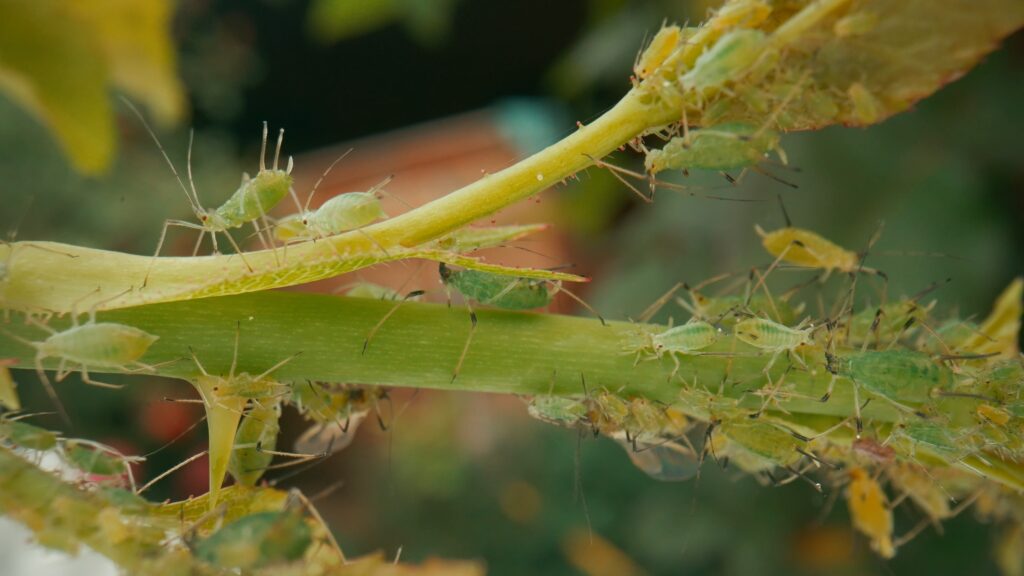
Late summer heat speeds up aphid reproduction, leading to rapid outbreaks on tender shoots. These tiny, soft-bodied insects cluster on new growth and weaken plants by sucking sap. As they feed, they often transmit plant viruses that stunt growth or cause curled leaves.
Controlling them is often as easy as spraying plants with a strong jet of water. For longer-term balance, encourage natural predators like ladybugs and lacewings. In serious cases, insecticidal soap or neem oil can bring populations back under control.
Spider Mites
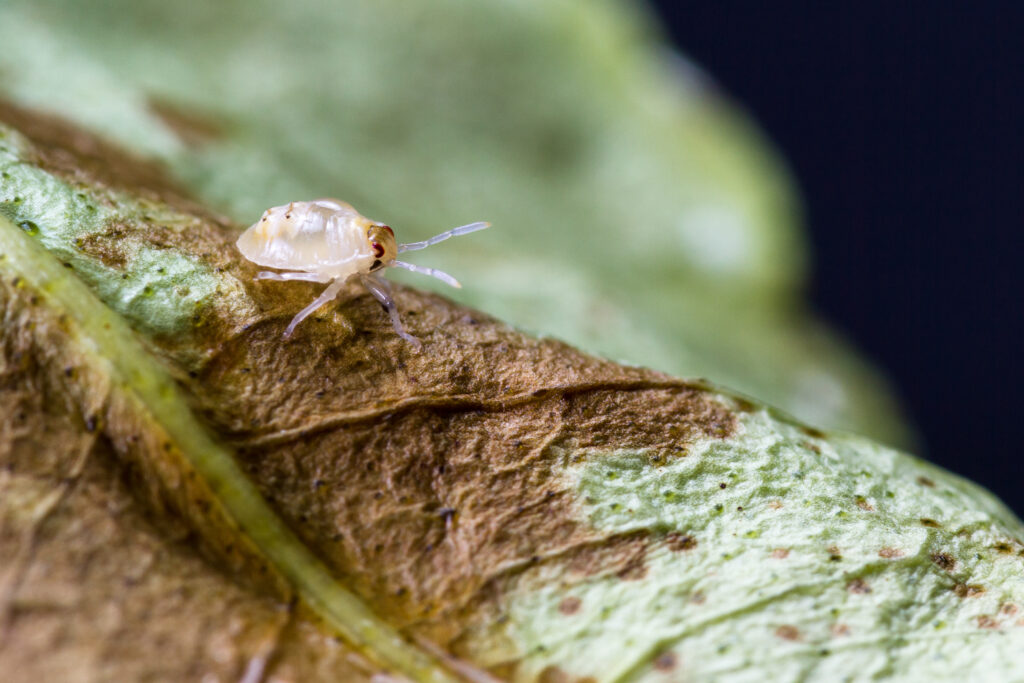
Spider mites thrive in hot, dry weather, which is why their numbers explode in late summer. They pierce plant cells and suck out fluids, leaving a stippled or bronzed appearance on leaves. Fine webs are a telltale sign that an infestation has taken hold.
Preventing outbreaks starts with keeping plants well-watered and misted. Moist environments make it harder for spider mites to thrive. When populations are heavy, horticultural oil or insecticidal soap treatments can knock them back.
Hornets and Wasps
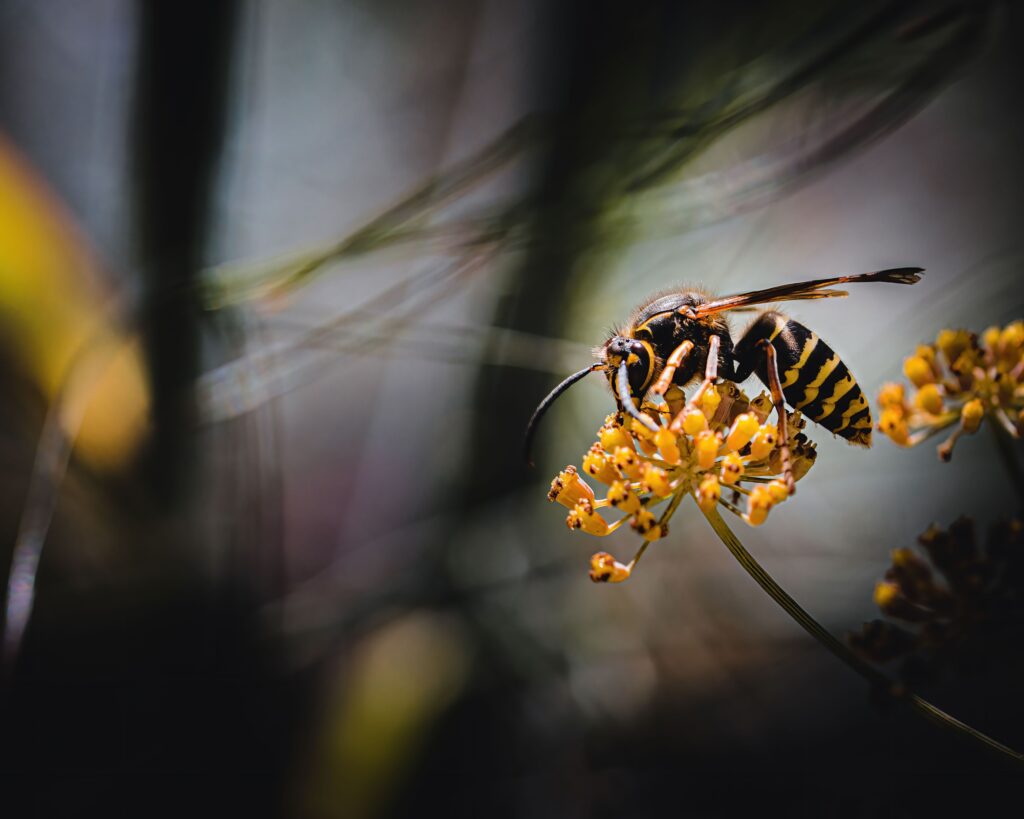
Colonies of hornets and wasps reach full size by late summer, making these insects more noticeable and aggressive. They’re drawn to sweet foods and drinks, which makes outdoor dining tricky. Disturbing a nest at this stage can be dangerous.
To limit their presence, cover food and drinks outdoors and keep trash tightly sealed. Small nests can be removed early in the season before colonies grow. Larger nests should be left to professionals, especially if they’re near high-traffic areas.
Whiteflies
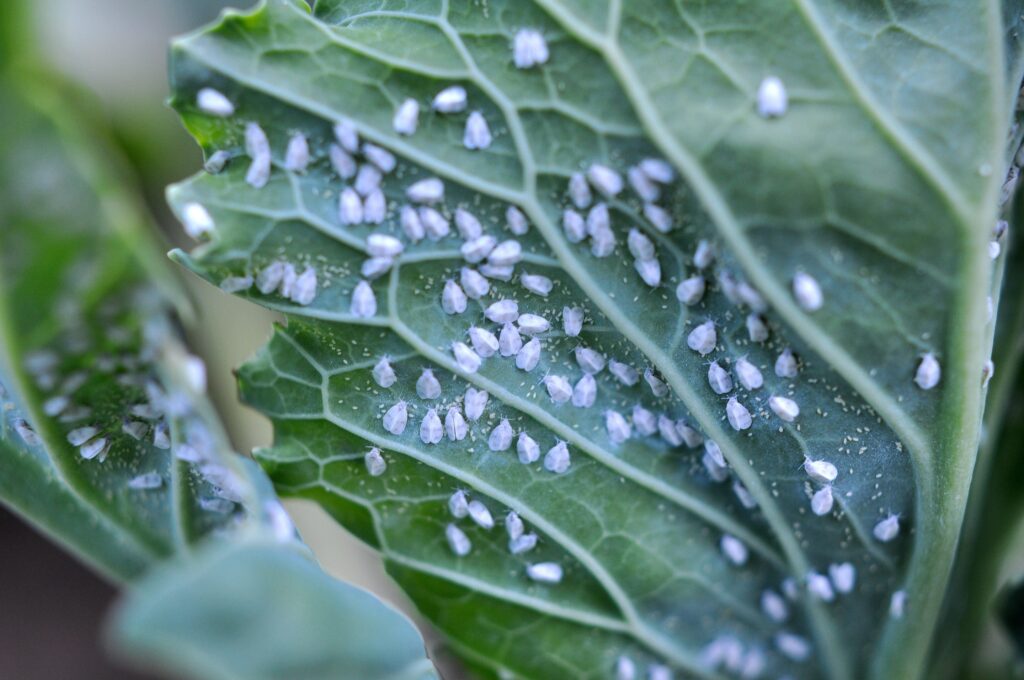
Whiteflies gather in clouds when disturbed, fluttering around vegetable plants and ornamentals. They reproduce quickly in warm weather and weaken plants by drawing out sap. Infested leaves often yellow, curl, and drop prematurely.
Sticky yellow traps are effective for monitoring and reducing populations. Spraying the undersides of leaves with insecticidal soap suffocates both adults and larvae. Consistent treatment is necessary since they reproduce so quickly.
Slugs and Snails
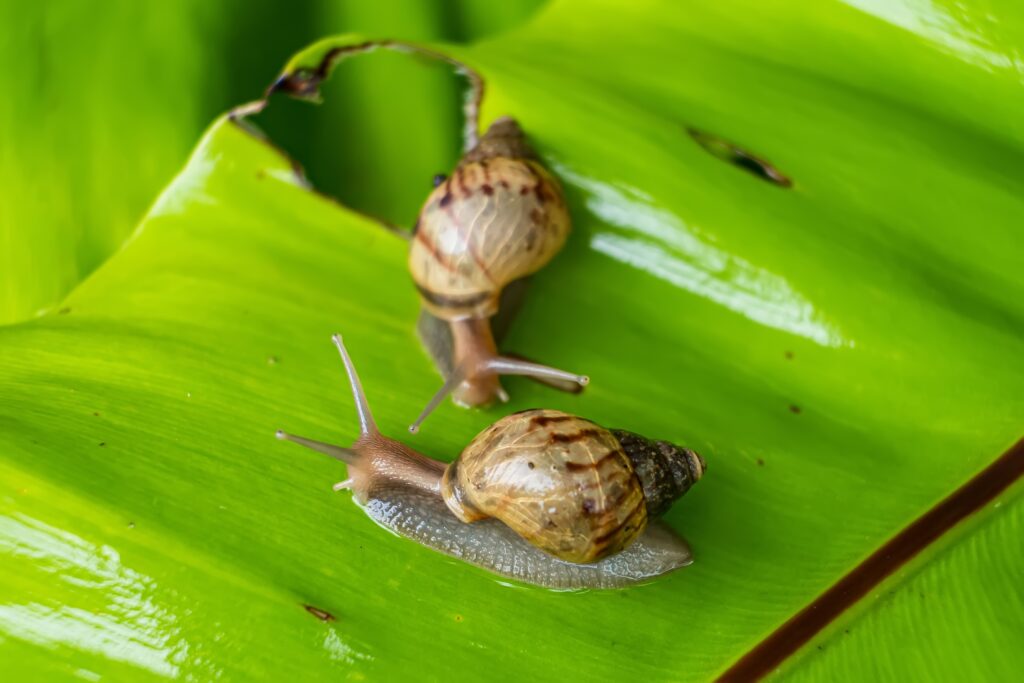
Although they are more common in spring, late summer rains can bring a new wave of slugs and snails. These pests chew large, irregular holes in leaves and often go after ripening fruits and vegetables. They feed mostly at night, leaving behind a shiny trail.
Control starts with reducing moisture and hiding places like thick mulch or garden debris. Beer traps are an inexpensive way to lure and drown them. Copper tape or diatomaceous earth around garden beds creates barriers they avoid crossing.
Stink Bugs
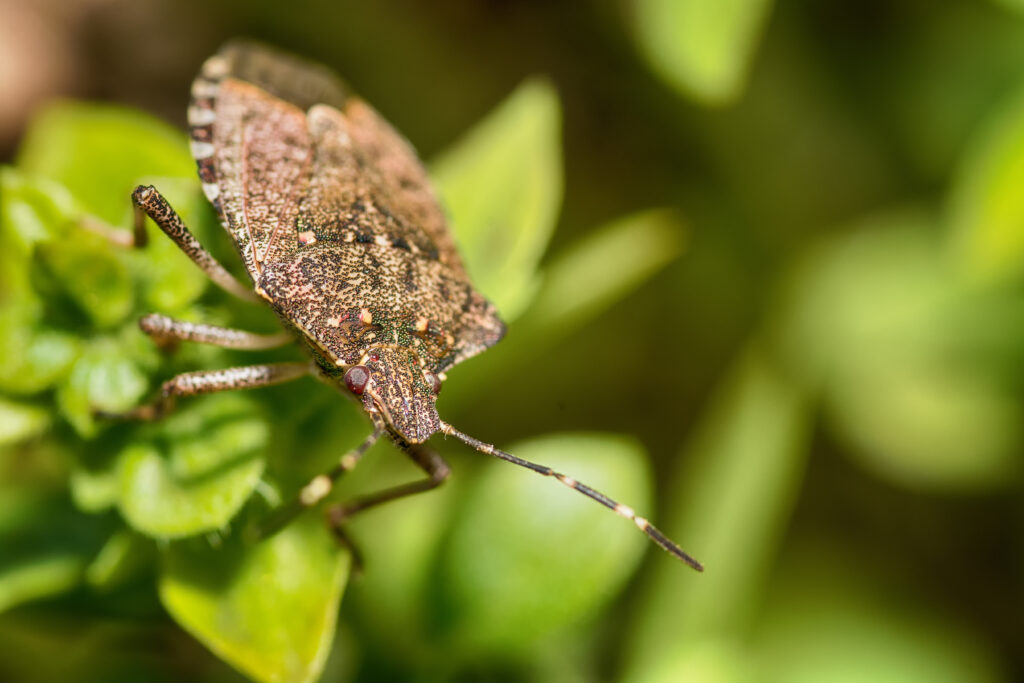
Stink bugs peak in late summer as they feed on tomatoes, beans, and peppers. Their piercing mouthparts damage fruits and vegetables, often leaving them misshapen or discolored. Crushing them isn’t recommended since they release their signature foul odor.
The best defense is to keep gardens tidy and free of weeds, which serve as hiding spots. Handpicking into soapy water is effective for small infestations. Sealing cracks around the home also prevents them from migrating indoors when fall approaches.
Squash Bugs
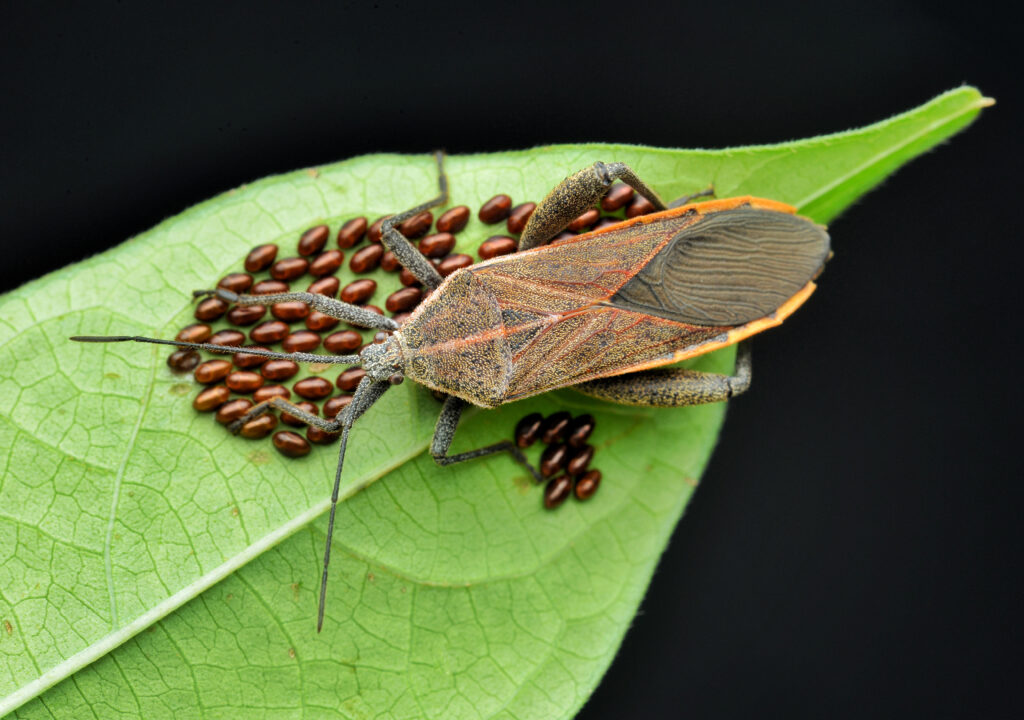
Squash bugs multiply quickly in late summer, targeting pumpkins, zucchini, and other cucurbits. They suck sap from leaves and stems, causing plants to wilt and yellow. Large infestations can kill young vines outright.
Check the undersides of leaves for clusters of bronze-colored eggs and crush them. Row covers offer protection early in the season, before flowers need pollination. Removing plant debris at the end of the season reduces overwintering sites.
Corn Earworms
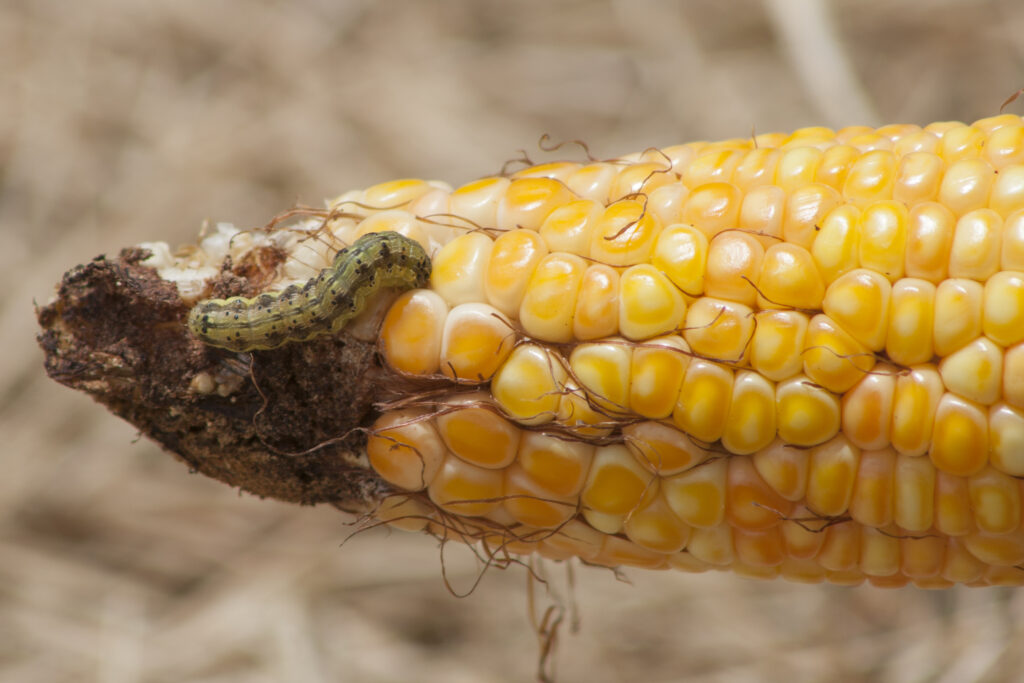
Corn earworms appear late in the season and bore into corn ears, tomatoes, and peppers. Their feeding leaves trails of waste and makes vegetables unappetizing. They can be hard to spot until the damage is already done.
Handpicking larvae is one way to limit damage in small gardens. Spraying plants with Bacillus thuringiensis (Bt) targets caterpillars without harming beneficial insects. Rotating crops each year helps prevent recurring outbreaks.
Grasshoppers
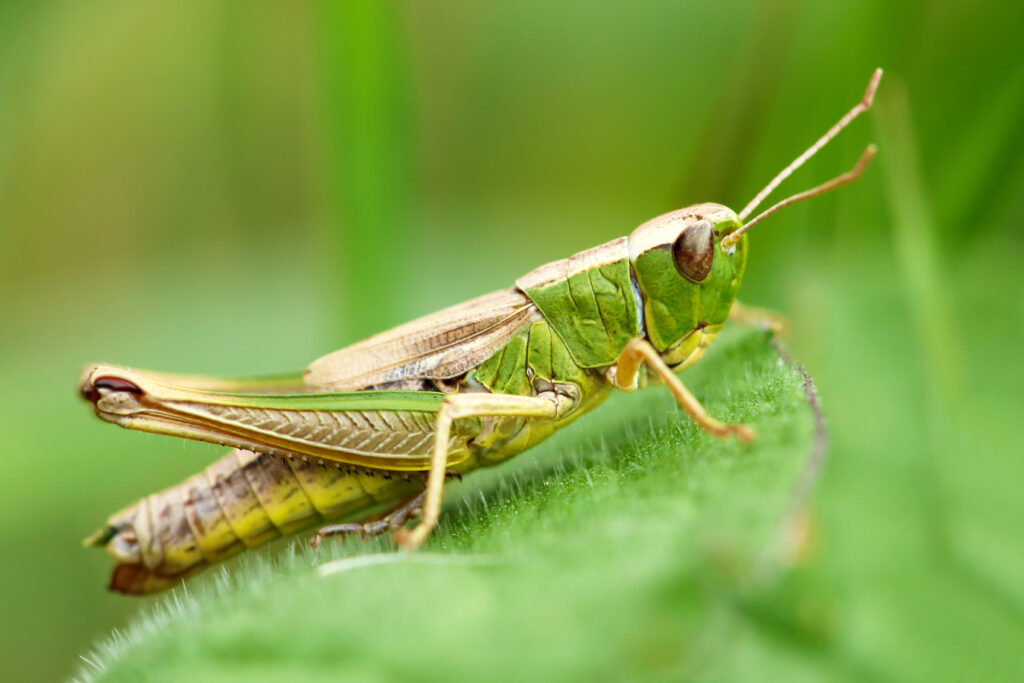
When late summer is especially dry, grasshopper populations often surge. They consume nearly any green plant, leaving behind chewed stems and stripped leaves. Entire vegetable beds can be devastated in a matter of days.
Birds and beneficial insects naturally help keep grasshoppers in check. Row covers provide protection for vulnerable crops, while sprinkling flour on leaves can disrupt their feeding. In large outbreaks, targeted sprays may be needed for control.
Fruit Flies
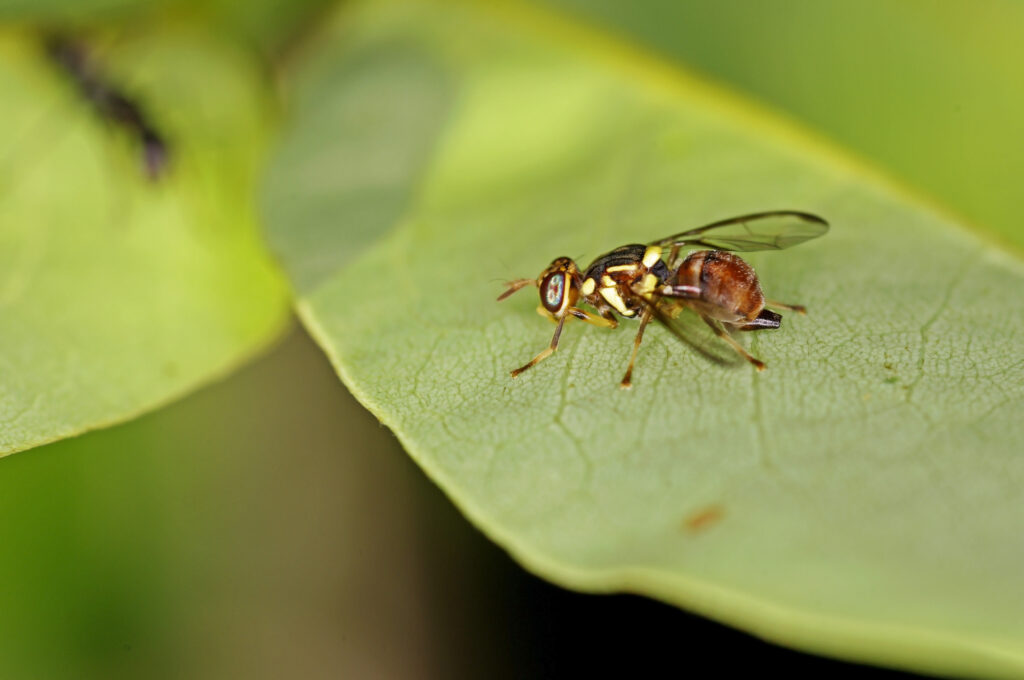
Ripening fruit and warm kitchens draw swarms of fruit flies in late summer. They breed quickly, laying eggs in produce and compost piles. While harmless to people, they’re a nuisance and can spoil fresh food.
To reduce infestations, keep counters clear of overripe fruit and seal compost bins. Homemade vinegar traps lure flies to their end. Regular kitchen cleanups are the most effective long-term solution.
Cabbage Worms
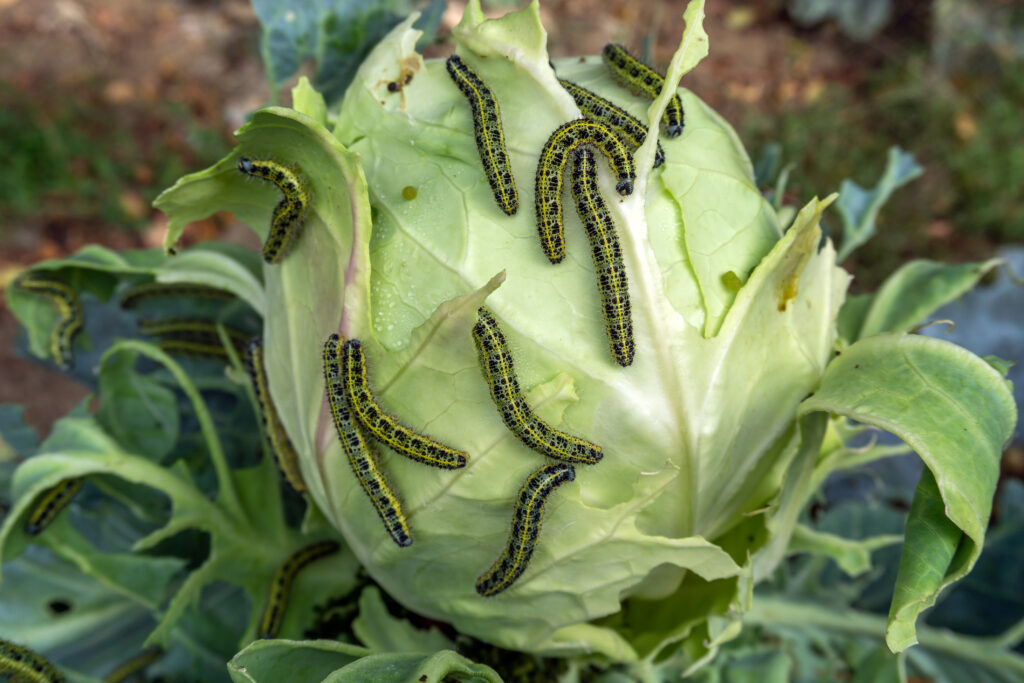
These green caterpillars are most active in late summer on cabbages, broccoli, and kale. They blend in with leaves, making them difficult to spot until damage appears. Ragged holes in foliage are a sure sign of their presence.
Daily inspections and handpicking help prevent severe infestations. Spraying with Bt targets caterpillars without harming pollinators. Encouraging birds and beneficial wasps in the garden adds another layer of control.
Earwigs
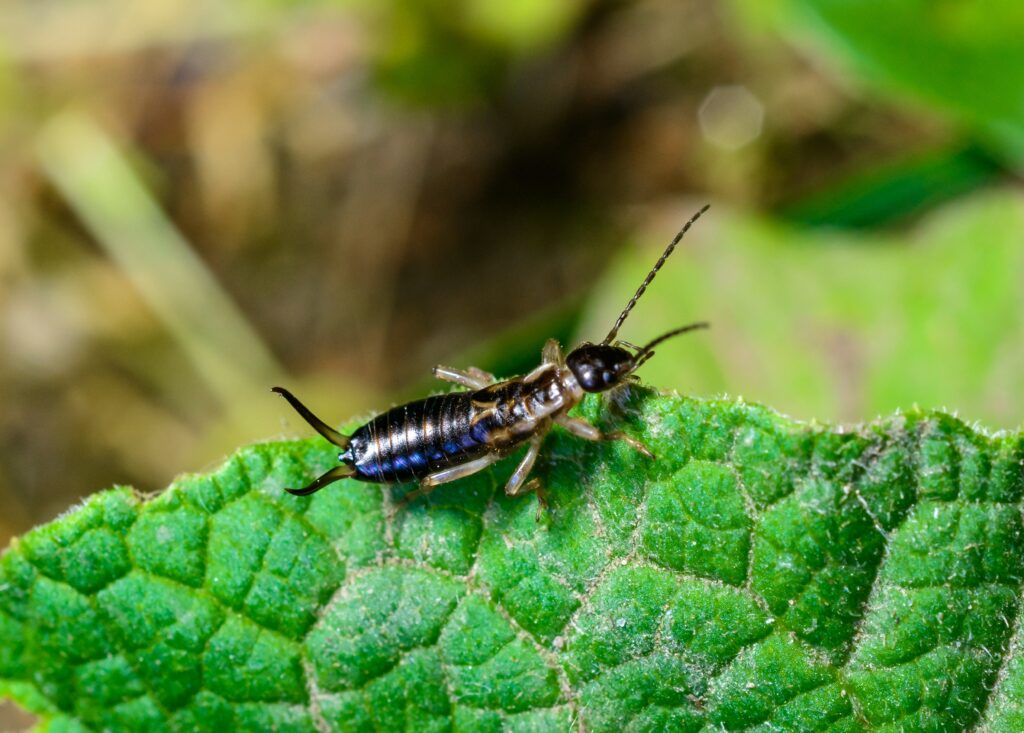
Moist late-summer gardens can attract earwigs in large numbers. They feed on flowers, vegetables, and even decaying organic matter. While they sometimes eat pests, their damage to crops often outweighs the benefit.
Simple traps work well against earwigs, such as rolled-up damp newspaper left overnight. Reducing mulch and garden debris removes the damp hiding places they prefer. Collecting and discarding them regularly keeps populations in check.
Fleas (in Yards)
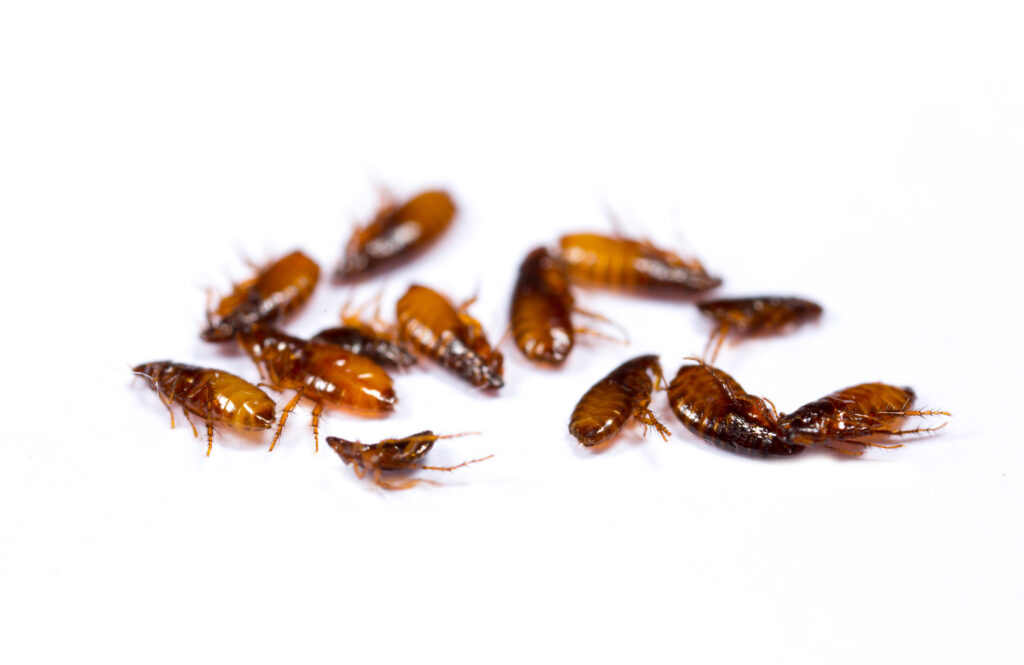
Warm, humid late summer conditions keep flea populations thriving outdoors. They latch onto pets and quickly reproduce, spreading through lawns and shaded areas. Pets often show the first signs, such as itching and skin irritation.
The most effective step is to treat pets with veterinarian-approved preventives. Mowing the lawn and spreading diatomaceous earth in problem spots reduces outdoor populations. Consistent treatment breaks the flea life cycle over time.
This article originally appeared on Avocadu.
